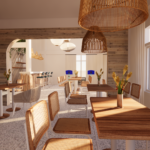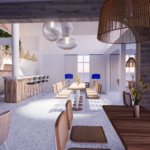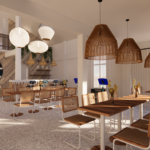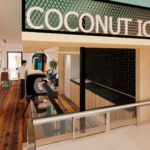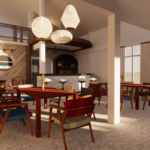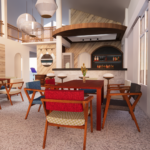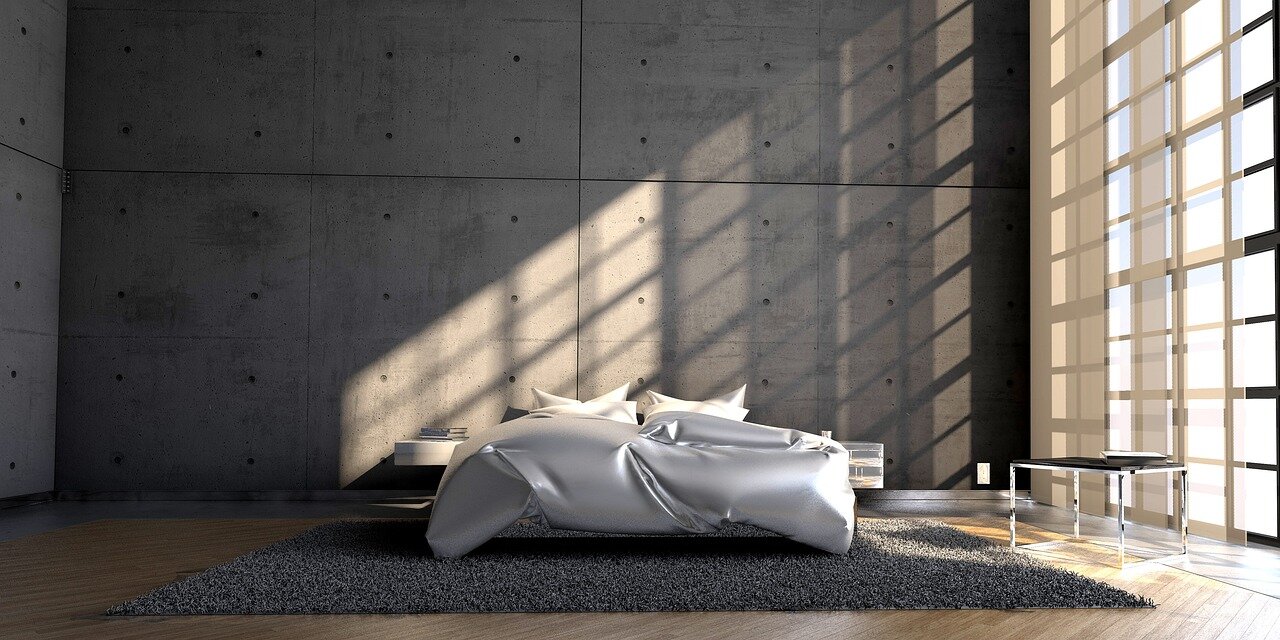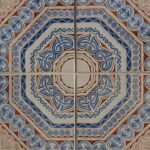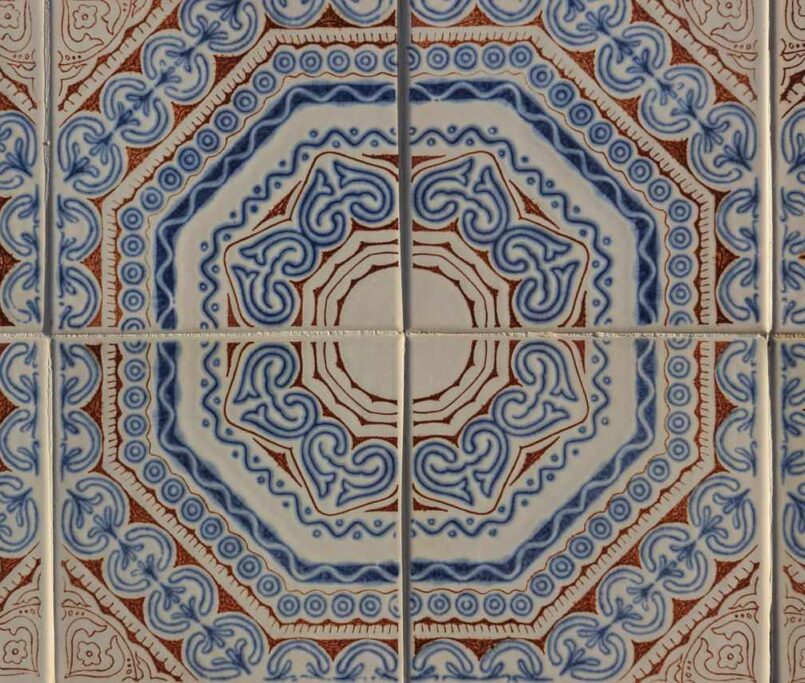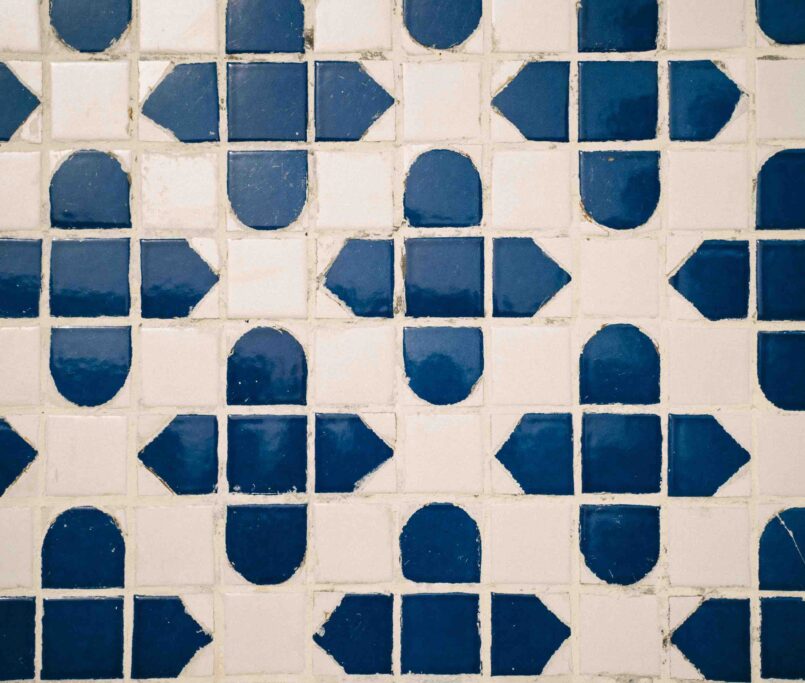Natural stone cladding is often seen as a symbol of timelessness and luxury, but in Koh Samui’s climate, it’s less about appearances and more about performance. Where other materials can crack, stain, or erode under tropical pressure, properly selected and installed stone holds its ground.
Choosing the Right Stone for Coastal Conditions
Not all stone is created equal, especially when faced with relentless humidity, salt-laden winds, and torrential downpours. Dense, low-porosity options like granite or certain slates fare better than porous materials like limestone, which tend to absorb moisture and break down far quicker than you might expect.
Even durable stones, however, need help. Annual sealing is essential to reduce staining and salt deposits, especially in exposed areas near the sea. For villas perched along coastal stretches like Bophut or Laem Sor, that maintenance routine isn’t optional, it’s survival.
The Realities of Installation
Stone cladding may look effortless when finished, but installing it in Koh Samui is anything but. Adhesives alone don’t cut it in this climate. Between heavy rains, strong winds, and building movement from soft ground or shifting foundations, mechanical anchoring becomes critical, especially on double-height facades.
Precision is everything. Gaps between panels, poor joint sealing, or even mismatched batches can quickly ruin the visual harmony or, worse, allow water to seep in. Salt air corrodes metals fast, so if you’re not using the right grade of stainless steel for anchors and fixings, prepare for future headaches.
It’s Not Always the Right Choice
Natural stone isn’t a catch-all solution. It’s heavy, expensive to install, and can feel overpowering on smaller builds or poorly lit spaces. It shines on external feature walls, retaining walls, or grand entrances, but is often impractical for interiors unless used sparingly — like a focal wall in a living room or as a textured backdrop behind a staircase.
Also worth noting: colour consistency can be a challenge. Natural variation is part of the charm, but in large projects, slight shifts in tone between batches become noticeable. Always test stone samples under the actual daylight conditions where they’ll be used.
Natural Stone Compared to the Alternatives
In the Samui climate, many “lower maintenance” materials don’t hold up as promised. Painted render tends to discolour or peel in just a few years. Composite cladding and tiles may resist moisture but often lack depth, and they can degrade or warp faster than expected under UV exposure. Stone, by contrast, generally weathers more gracefully, assuming it’s installed and maintained properly.
A Note on Style and Sustainability
Dry-stack finishes or minimal-joint styles give stone a modern edge that suits the clean lines of many Koh Samui villas. But behind that sleek façade is a load-bearing system that needs to be engineered, not improvised. Sustainability-wise, locally sourced stone reduces the carbon footprint, but responsible quarrying and long-term durability are the real wins — fewer replacements, less waste, less fuss.
Conclusion
Natural stone cladding remains a strong choice for Koh Samui villas — not because it’s trendy or luxurious, but because it can genuinely last in this climate if done correctly. Think of it less as a decorative choice and more as a long-term commitment. It’s not always the easiest route, but in the right hands, it’s one of the most rewarding.
For more insights on building in Koh Samui’s challenging environment, browse the blog or catch Nay’s deep insights into building and materials on our YouTube channel. If you are embarking on a project and need advice for architectural services, please do not hesitate to contact us.

